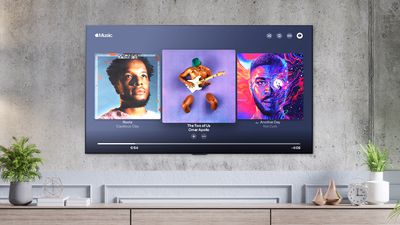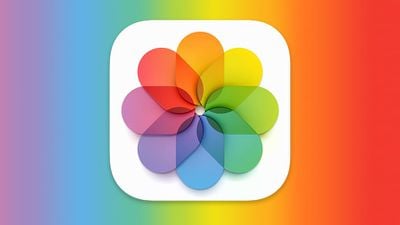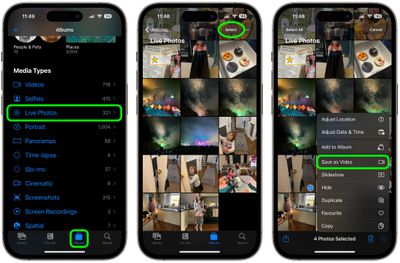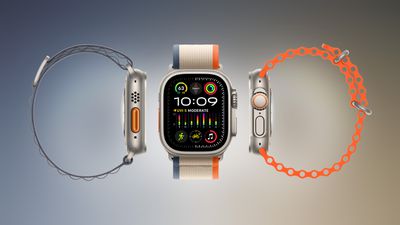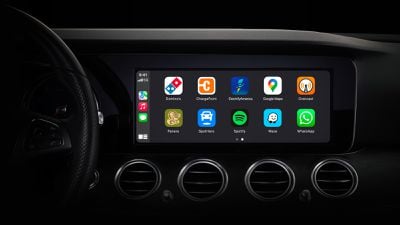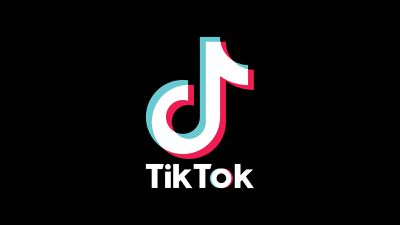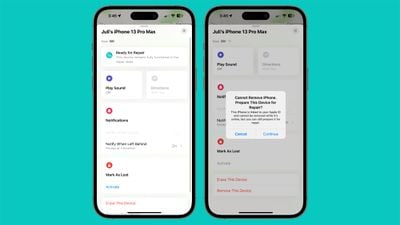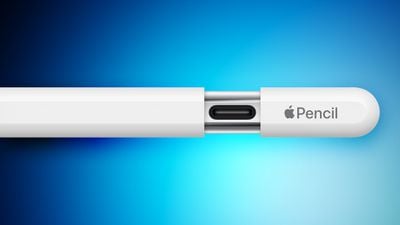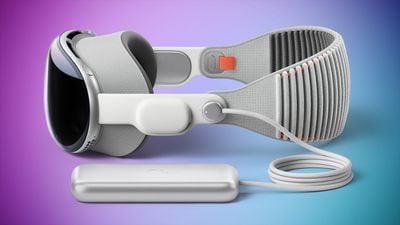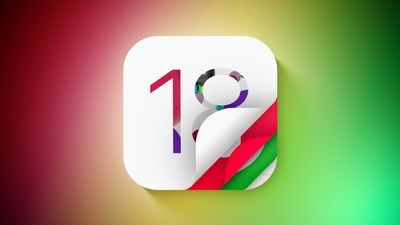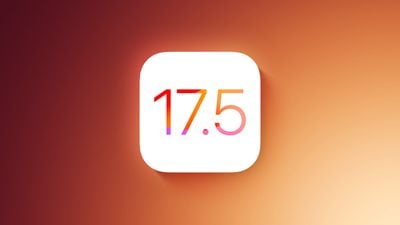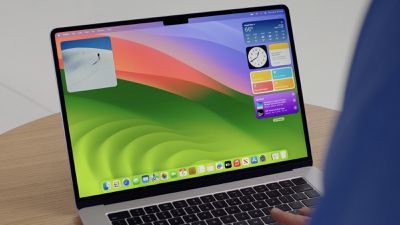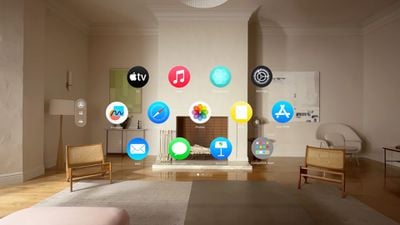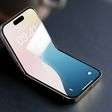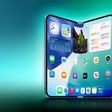With the 10th anniversary of the Apple Watch approaching, we thought it would be fun to take a look back at an interesting bit of Apple Watch history.
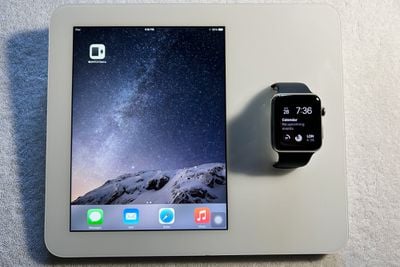
After the Apple Watch was announced in 2014, and before it became available in 2015, Apple sent out custom Apple Watch iPad demo kiosks to retail stores. The Apple Watch and iPad units used for these devices were specially designed, had custom software, and represent the first and only time that an Apple Watch was able to pair with an iPad.
AppleDemoYT, known for sourcing rare prototypes, shared images and detailed information about the demo units with MacRumors, offering up detailed insight on the lengths Apple went to for this custom experience. AppleDemoYT was able to acquire one of these now-rare demo units.

Jony Ive and his design team came up with the Apple Watch iPad Kiosks as a way for customers to try out an Apple Watch without needing help from an employee. Apple used a modified iPad mini 2 running iOS 8.2 paired with an original Apple Watch running watchOS 1.0, with the two devices fused in a custom housing.
The iPad Apple used had multiple components removed, including the camera, microphone, and speakers, and the housing of the setup served as the body of the iPad. The Apple Watch was heavily modified as well, featuring a groove along the diagnostic port for cable routing, holes to affix it to the demo unit, and a special Sport Band that was shorter than normal.

The Apple Watch was paired to the iPad using a wired connection. A lightning cable attached to the Apple Watch diagnostic port connected to a converter board inside the iPad, allowing the iPad to communicate with and charge the Apple Watch. A special app called Apple Watch Demo was used to allow the Apple Watch to interface with the iPad, and a connection to Apple's server was required.

The server that Apple used for the Apple Watch Demo app has long since gone offline, so the only way to see how the setup worked is through a demo unit that was paired in 2014 and not reset since then. With a functional unit, the iPad is able to mirror the Apple Watch, offering up transition animations and providing tips on the actions that can be performed on the Apple Watch. This functionality is demoed in AppleDemoYT's video:
The custom iPad mini was not only the sole model able to connect with an Apple Watch, it was also the only iPad that could be charged using MagSafe 2, originally designed for the Mac. A MagSafe connector charged the iPad, Apple Watch, and extra batteries inside the iPad. A Lightning port is available as well, but Apple's documentation suggests that it is only meant to be used for data transfer.
Apple discontinued the demo unit in 2016 because it was riddled with issues. Updates to the iPad or Apple Watch would erase demo content, and the front glass was prone to cracking because of the design of the housing. Batteries degraded quickly due to the always-on charging, and overheating and failure were continual problems. Apple also had to deal with pairing and syncing issues, and that caused Apple to tweak the interactive part of the demo functionality in 2015. After that change, the iPad provided Apple Watch info, but no longer mirrored the content on the Apple Watch.

Demo units that were decommissioned were supposed to be destroyed, and so finding one that is still available, functional, and in good working condition is unusual. The Apple Watch iPad kiosk represents one of the most advanced custom devices that Apple had designed at the time, and it offers a neat look back at the Apple Watch's debut.
Rumors suggest that Apple has plans for the 10th anniversary of the Apple Watch, and as soon as this year, we may see a redesigned "Apple Watch X" with an updated magnetic band attachment system, new health features, and more.





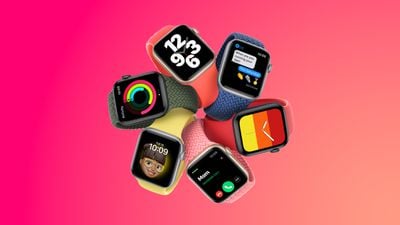 Note: MacRumors is an affiliate partner with Amazon. When you click a link and make a purchase, we may receive a small payment, which helps us keep the site running.
Note: MacRumors is an affiliate partner with Amazon. When you click a link and make a purchase, we may receive a small payment, which helps us keep the site running.
